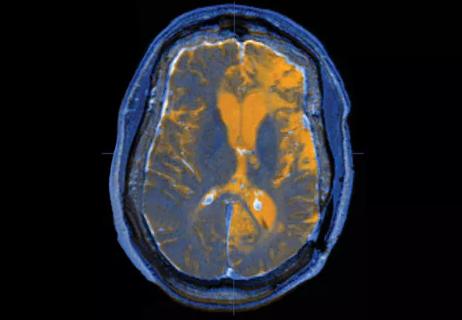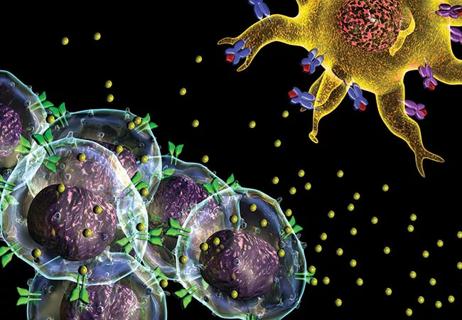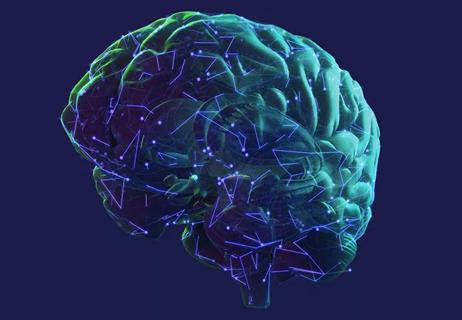Watch for physical, psychological and cognitive manifestations
More than 20% of patients released from a medical or surgical ICU experience some cognitive dysfunction — most at the same level as someone with traumatic brain injury and up to 10% at the same level as someone with Alzheimer’s disease.
Advertisement
Cleveland Clinic is a non-profit academic medical center. Advertising on our site helps support our mission. We do not endorse non-Cleveland Clinic products or services. Policy
Post-ICU syndrome, which also manifests with physical and psychiatric symptoms, is an emerging phenomenon being studied by Joao Gomes, MD, Head of the Neurointensive Care Unit in Cleveland Clinic’s Cerebrovascular Center. He discusses the condition in detail in the newest episode of Cleveland Clinic’s peer-to-peer Neuro Pathways podcast.
This episode touches on:
Click the player below to hear the podcast, or read on for a short edited excerpt. Check out more Neuro Pathways episodes at clevelandclinic.org/neuropodcast or wherever you get your podcasts.
Dr. Alex Rae-Grant (podcast host): What is post-ICU syndrome, and how did it come to be recognized?
Dr. Gomes: One has to go back primarily to literature from medical and surgical ICU populations. Some of our colleagues in those units started noticing that patients who survive an episode of sepsis or severe acute respiratory distress syndrome or respiratory failure would go back to their outpatient clinic with a lot of complaints that were not related to the primary reason for admission. They had a lot of anxiety and post-traumatic stress disorder, cognitive problems, even physical disability that was not explained by the reason for their admission. That conglomerate of symptoms and signs is what has been labeled as post-ICU syndrome.
Advertisement
Now we’ve recognized manifestations in three big areas. One is physical. Many of these patients have difficulty walking, difficulty with balance. Their stamina is certainly decreased after a major critical care episode.
The second area is psychiatric. The incidence of depression, PTSD and anxiety is quite high — up to 30% of patients admitted to a general medical or surgical ICU experience symptoms that would meet diagnostic criteria for one of these major psychiatric disorders.
The third component is cognitive. There is certainly something going on, whether it is sleep deprivation or just a systemic inflammatory response — perhaps hypoxia in some cases. Some of the medications we use for these definitely lead to cognitive decline and other symptoms.
Advertisement
Advertisement

Q&A with Brain Trauma Foundation guideline architect Gregory Hawryluk, MD, PhD

Q&A with newly arrived autoimmune neurology specialist Amy Kunchok, MD

Focused ultrasound offers a newer alternative to deep brain stimulation

Prehabilitation can help improve outcomes after spine surgery

Get ready for central vein sign and optical coherence tomography

Pharmacologic, procedural and surgical treatments abound

Research still needed for many unknowns

A practical review of pharmacology, potential indications, safety